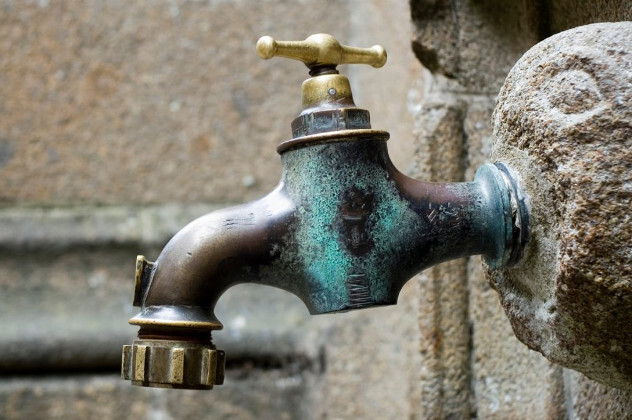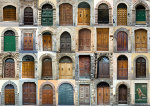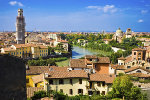Water supply in Italy
Enzo Ricci, Wednesday, 6 September 2017

The water supply in Italy is well regulated. The costs are low compared to other countries in the European Union. The average monthly water and sewage bill in Italy are 20 Euros. In France, this is 31 euro. Italians on average use more water than Spaniards and French people. It is striking that due to leakage, broken water meters and theft, approximately 30% of Italian water is not passed on to customers.
The south of Italy is arid. In some parts, it doesn't rain between June and September. In the south, there is plenty of water in many places. If you live in the countryside, it is good practice to have a water cellar or cistern to collect rainwater. In winter the water cellar fills with rain, and in summer you can use the water. You can also let a tank car come in the summer to have the cistern refill. New laws on energy efficiency will increase the score of a house with a tank due to the recycling and saving of water. You can also ask permission to drill a well. However, it depends on a little bit on the location of your home. For example, you can't build a new well within 150 meters of an existing well. Via a well, you can extract up to half a liter of water per second from the groundwater. In the south of Italy, there is sufficient groundwater available in coastal areas and some parts of the inland area. Climate change will in the future put further pressure on water supplies, particularly in Apulia, Basilicata, Sicily, and Sardinia.
In the province of Lazio there are areas where there are too much arsenic and fluoride in the tap water. This is a natural contamination of groundwater. The EU has instructed the Italian authorities to purify the water, but this has not yet happened. It does indicate that it is wise to be informed of the local situation. Italians are also among the largest consumers of bottled mineral and spring water.
Links with additional info:

The water supply in Italy is well regulated. The costs are low compared to other countries in the European Union. The average monthly water and sewage bill in Italy are 20 Euros. In France, this is 31 euro. Italians on average use more water than Spaniards and French people. It is striking that due to leakage, broken water meters and theft, approximately 30% of Italian water is not passed on to customers.
The south of Italy is arid. In some parts, it doesn't rain between June and September. In the south, there is plenty of water in many places. If you live in the countryside, it is good practice to have a water cellar or cistern to collect rainwater. In winter the water cellar fills with rain, and in summer you can use the water. You can also let a tank car come in the summer to have the cistern refill. New laws on energy efficiency will increase the score of a house with a tank due to the recycling and saving of water. You can also ask permission to drill a well. However, it depends on a little bit on the location of your home. For example, you can't build a new well within 150 meters of an existing well. Via a well, you can extract up to half a liter of water per second from the groundwater. In the south of Italy, there is sufficient groundwater available in coastal areas and some parts of the inland area. Climate change will in the future put further pressure on water supplies, particularly in Apulia, Basilicata, Sicily, and Sardinia.
In the province of Lazio there are areas where there are too much arsenic and fluoride in the tap water. This is a natural contamination of groundwater. The EU has instructed the Italian authorities to purify the water, but this has not yet happened. It does indicate that it is wise to be informed of the local situation. Italians are also among the largest consumers of bottled mineral and spring water.
Links with additional info:

All types of Italian property for sale by private sellers and estate agents. Find your perfect houses, farmhouses or apartment in all regions of Italy including Liguria, Tuscany, Umbria and Marche.
 Find out about what documentation you need in Italy. This article will tell you about the various pieces of paperwork you will need to successfully
purchase a property. Readers will find out about the issues surrounding residency and the process the banks go through to determine who is entitled to
receive a mortgage.
Find out about what documentation you need in Italy. This article will tell you about the various pieces of paperwork you will need to successfully
purchase a property. Readers will find out about the issues surrounding residency and the process the banks go through to determine who is entitled to
receive a mortgage.
More articles